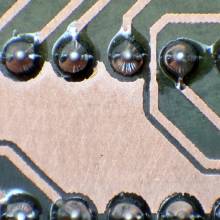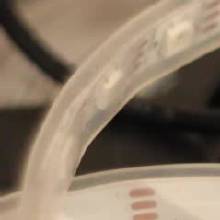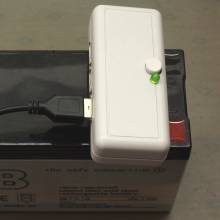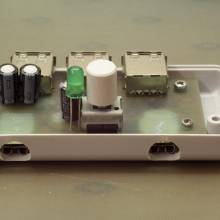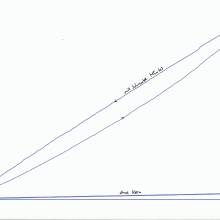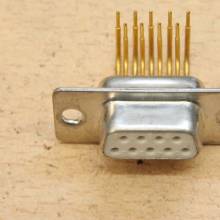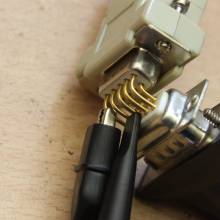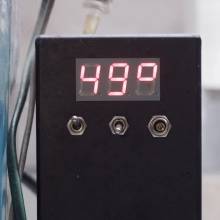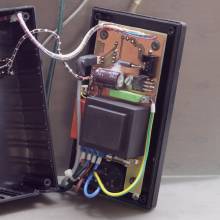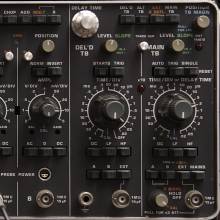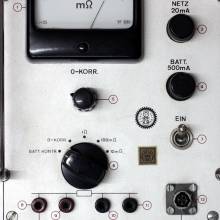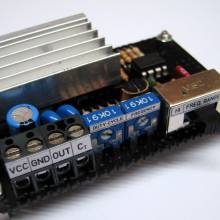Blog
A short reflection on direct laser PCB printing
I have been using a Lexmark E360d laser printer modified for depositing toner as an etch resist directly to PCB material for a while now. Details about the build have already been available on the project’s git repository, and this I’d like to focus on some comments on the actual usefulness of the project. PCB manufacture has been decreasing in its price, so I rarely use the ‘haxmark’ any more. It gets reactivated when I need a board fast and then it still does a decent job.
Read more →Arachnouphobia
Catchy title aside, this one is actually about deterring spiders. This small project started with my mother’s observation that a corner of her basement was spider-free since I had set up a NAS there. Rather than assuming that the vibrations/noises generated by the hard drive put the spiders off (like I would), she made a connection the Banana Pi’s irregularly flashing LEDs. That had to be investigated.
Read more →Pb Power bank
In preparation for being off-grid for a few days, I quickly built this ‘power bank’ around a 12 V 7 Ah lead gel battery. The circuit is simply pushed onto the battery’s 6.3 mm contacts and provides 3 USB ports. Charging circuitry is not included but the battery terminals are still accessible anyway.
Read more →Quick and Dirty B–H Plots
While building solenoids, I needed a way to quickly judge the magnetic properties of some unknown steel. A simple analogue hall sensor IC works together with a controlled current source for the coil to drive a XY plotter (or oscilloscope in XY mode) and create simple B–H plots.
Read more →RS232 Wiretap
If you need to monitor a RS232 line (or something else running through a D-Sub connector), use one of these open-style connectors. Their pins fit into a female D-Sub connector and provide ample space to attach probes.
PCB Etching Thermostat
A small thermostat I built for a sodium persulfate PCB etching bath, controlling a heater originally intended for fish tanks (with the original temperature control removed). The temperature is fixed to 45–50 °C and power is provided for a small air pump. Schematics can be found here, PCB design files and MCU firmware here.
Read more →Thermocouple via Integrated Differential Amplifier
Recently, I needed a simple temperature switch which could withstand 400 °C. A thermocouple can easily manage this but its generated voltage is unpleasantly small. However, it turns out that a ATTiny216A’s integrated differential amplifier is absolutely sufficient for a, albeit not very accurate, measurement. Enough to determine if something is hot or not, at least.
Read more →Philips PM 3265 Repair
This post was the first post of my first attempt at a blog (which was never published). Albeit I since re-wrote it completely, I decided to keep its original date, which consequently now predates the date this site went online.
I still like analogue scopes. Although the convenience of a digital scope’s features is hard to be matched, I still like to come back to the older world from time to time. Why? I have yet to meet a DSO which is as satisfying to operate as even a basic analogue scope. On a DSO, no matter the price point, you always notice there’s software handling your input, given the ever so slight lag. Not to mention the overall haptics; rotary encoders and rubber push buttons just don’t compare to the real deal.
Read more →Milliohm Meter Test Fuchs MOM1
While restoring a milliohm meter made by Test Fuchs I could not find any information about, I traced its schematic. It can be found here in case anyone has the same instrument.
Read more →IGBT Chopper
A useful thing to have for testing high voltage transformers is a simple chopper. This one switches a 600 V IGBT with an adjustable frequency between 50 Hz and 29 kHz (lower frequencies are possible with an external timing capacitor) and any duty cycle between 0 and 100%.
Read more →